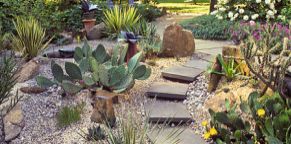paros's architecture and building regulations

The best way to discover and admire the architecture of Paros is to walk among its narrow little streets, letting them choose your direction, exploring the shapes, shadows and colors of the lovely little villages. We invite you a virtual walk now, and hope that soon you will feel obliged to visit our gorgeous island!
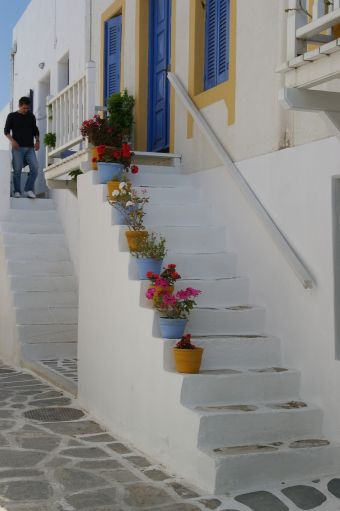 In
the traditional Cycladic architecture, functionality,
protection, simplicity and aesthetics are mixed, forming
a particularly interesting and beautiful picture.
In
the traditional Cycladic architecture, functionality,
protection, simplicity and aesthetics are mixed, forming
a particularly interesting and beautiful picture.
Architecture in Paros is the typical, traditional Cycladic architecture but the diversity of elements coming from different civilizations adds a special touch.
This diversity is due to the fact that all the conquerors who ruled the island left an architectural trace behind as in the town of Naoussa where the Venetian port create a contrast with the traditional Cycladic architecture or in Parikia, where old two storey Venetian houses (for example the building of the former Collage of Arts) show definite Italian influence.
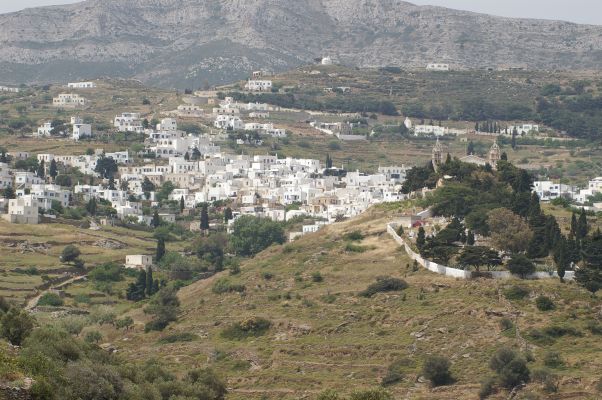 The
buildings on the island are mainly whitewashed cubic
houses with flat roofs and colored, wooden windows,
doors, balconies and pergolas. The houses are built
amphitheatrically, one on the top of each other. The
streets are stone paved and decorated with white lines,
emphasizing the natural curves of the stones.
The
buildings on the island are mainly whitewashed cubic
houses with flat roofs and colored, wooden windows,
doors, balconies and pergolas. The houses are built
amphitheatrically, one on the top of each other. The
streets are stone paved and decorated with white lines,
emphasizing the natural curves of the stones.
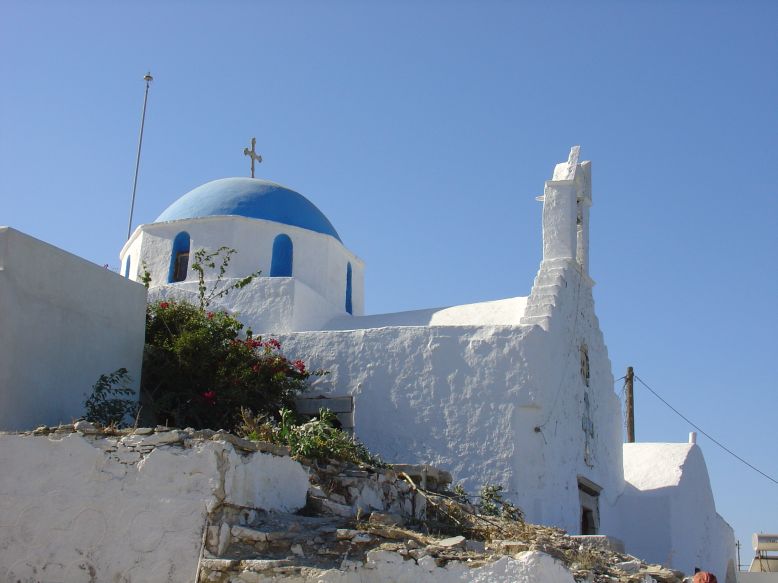
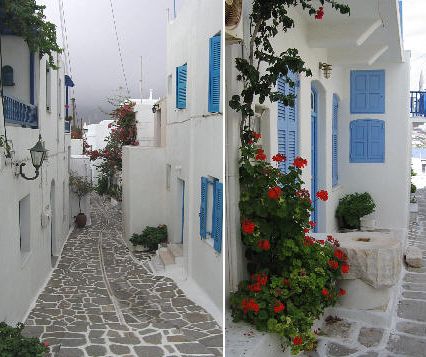
The narrow, labyrinth-like streets and steps are snaking around the houses and tiny white chapels, leading to the top of the villages where usually a blue domed church stands. White windmills and blue domed churces are typical of Cyclades. (Except for Mykonos where most of the chapels and churces are red domed)
 The most famous church on Paros is Ekatontapiliani
(Church of 100 doors) in Parikia. Legend has it that
only 99 can be found and the 100th gate will only
be found when Istambul (Constantinople) becomes Greek
again. (If you would like to read more about the church
there is a fantastic web page http://www.ekatontapyliani.org)
The most famous church on Paros is Ekatontapiliani
(Church of 100 doors) in Parikia. Legend has it that
only 99 can be found and the 100th gate will only
be found when Istambul (Constantinople) becomes Greek
again. (If you would like to read more about the church
there is a fantastic web page http://www.ekatontapyliani.org)

The cycladic architecture can be explained by several reasons: the small number of secure and easy to build on places, protection from the hard weather conditions (heavy wind in winter and solar heat in summer), a shelter from the many pirates of the area, and also scarcity of construction material.
 Balconies,
terraces with pergolas are part of the living space
since they can be used all year round. Entering the
main door of the house you get to the atrium, an outside
space surrounded by high walls on each side. The atrium
is a classical element of the traditional cycladic
house.The outside and inside traditionally used white
color protects from the heat, cooling the interior
of the houses. Arches are decorating most of the newly
built and old houses, they are made the same manner
like centuries ago.
Balconies,
terraces with pergolas are part of the living space
since they can be used all year round. Entering the
main door of the house you get to the atrium, an outside
space surrounded by high walls on each side. The atrium
is a classical element of the traditional cycladic
house.The outside and inside traditionally used white
color protects from the heat, cooling the interior
of the houses. Arches are decorating most of the newly
built and old houses, they are made the same manner
like centuries ago.
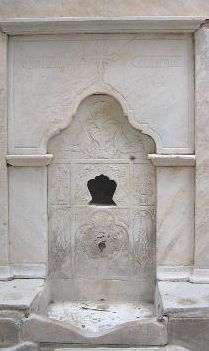 The
local Paros marble that is used for construction from
ancient times is well known worldwide and commonly
used in construction for various reasons: steps, windowsills,
garden walls, flooring, wells, etc.
The
local Paros marble that is used for construction from
ancient times is well known worldwide and commonly
used in construction for various reasons: steps, windowsills,
garden walls, flooring, wells, etc.
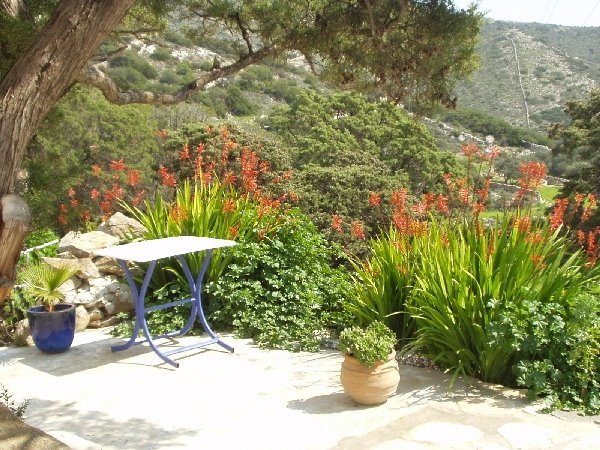
Paros in ancient times was covered by dense forests but unfortunately it all disappeared for now leaving spiky, bushy vegetation behind. The climate is excellent for a lush Mediterranean garden (although you have to water) and a lots of us is very committed to plant more trees and establish nice gardens on the island.
Building regulations on Paros island
To protect the island’s unique local architecture the local administration has taken precautions and introduced very strict building regulations. All the new buildings constructed on the island have to follow the typical Cycladic architectural style in order to leave unharmed the beauty of the island. Some of the most important regulations are the following:
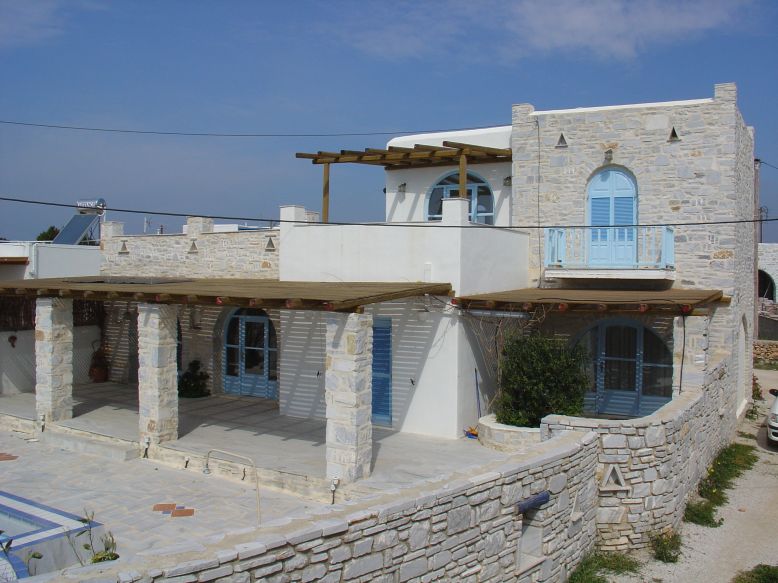 1.
Houses cannot exceed 2 floors (ground
and first) and the first floor area must be equal
or less than 1/3 of the ground floor. Building a basement
is allowed.
1.
Houses cannot exceed 2 floors (ground
and first) and the first floor area must be equal
or less than 1/3 of the ground floor. Building a basement
is allowed.
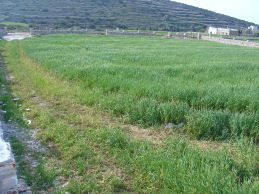 2
. If you build outside the city plan the minimum land
area required to obtain building permission is 8000
m² if the title is new (recent subdivision).
For titles related before 1993 the minimum area is
4000 m². The maximum livable surface area of
the building is 200 m² on 4000 m²
of land and 280 m² on 8000 m² of land but one can add 25 m² of garage area.
2
. If you build outside the city plan the minimum land
area required to obtain building permission is 8000
m² if the title is new (recent subdivision).
For titles related before 1993 the minimum area is
4000 m². The maximum livable surface area of
the building is 200 m² on 4000 m²
of land and 280 m² on 8000 m² of land but one can add 25 m² of garage area.
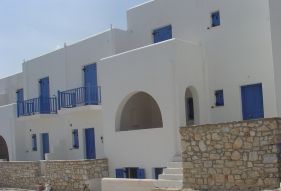 3.
If you built inside the city plan the maximum livable
surface of the building can be much more than if you
build outside the city plan. Inside the settlements
houses are connected to each other or only have very
little space in between them.
3.
If you built inside the city plan the maximum livable
surface of the building can be much more than if you
build outside the city plan. Inside the settlements
houses are connected to each other or only have very
little space in between them.
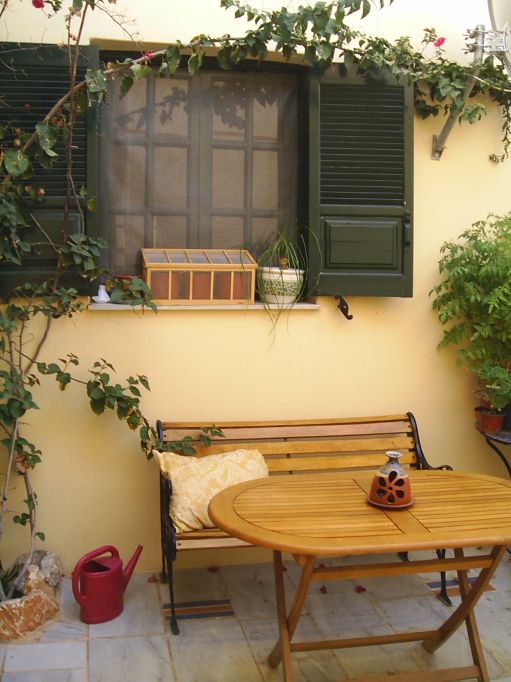 4.
Doors and windows must be made of wood and must conform
to certain aesthetic standards.
4.
Doors and windows must be made of wood and must conform
to certain aesthetic standards.
5. Terraces can be added to the house without building permission and they to not count as livable surface.
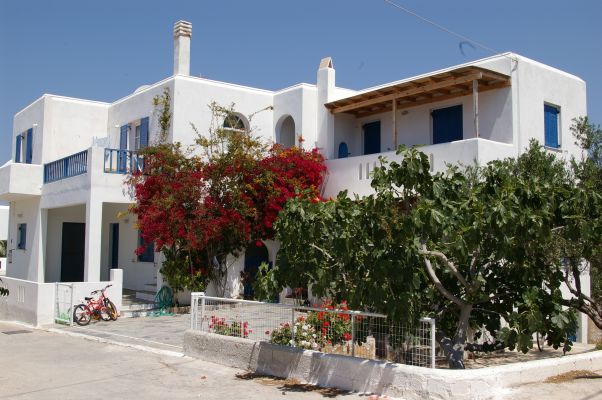 6.
Buildings need to be white wased in order to grand housing permission (and with it electricity). (This is the law
from 2006 onwards. Does not apply for building permits
given before this date.)
6.
Buildings need to be white wased in order to grand housing permission (and with it electricity). (This is the law
from 2006 onwards. Does not apply for building permits
given before this date.)

